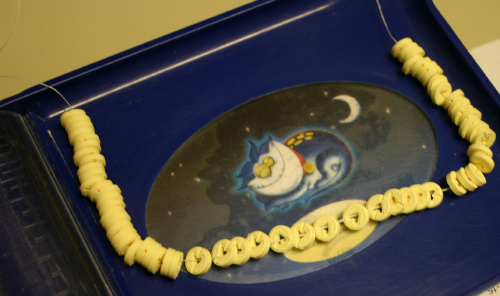One of my more popular posts has been “Do we need Tekturna (aliskiren)?“. The comments have been varied, but I still stand by my doubts over its usefulness. Other medbloggers have expressed their doubts as well. And I should state right now that I think Tekturna being on the market is a Good Thing™. I am not against the drug’s existence.
In fact, I’m not arguing how efficacious it is. I’m sure it works. If it didn’t, it wouldn’t be approved. I’m merely questioning its place in current treatment paradigms. To explain what I mean, I’m going to use a crude analogy to compare angiotensin II receptor blockers (ARBs) and aliskiren, the only direct renin inhibitor (DRI).
Think of a sink. For whatever reason, you want to keep liquid from going down the drain. Does it make more sense to keep the sink turned off, or to plug the drain directly?
Well obviously if the goal is keeping the drain dry, you’d plug the drain. This is what ARBs do. They prevent specific and non-specific binding at the angiotensin II receptor sites. Tekturna just keeps the sink from turning on and does nothing to block the drain directly. This means there’s still going to be non-specific binding at the angiotensin II receptor site. (Incidentally, this non-specific binding is not merely theoretical; if it were, ACEis would be more effective as a class than the ARBs, but instead they are merely comparable.)
Back to my point: Tekturna is more expensive than the ARBs, and it will be for a long time. I don’t think having aliskiren as an option is a bad thing. I just question how valuable the drug truly is with less expensive ACE inhibitors and ARBs. Sitting here, it doesn’t seem to have a real niche. Would I try Tekturna if nothing else worked? Of course I would. If I were targeting the RAAS, would I reach for it as first-line therapy? Hell no I wouldn’t. I’d go for an ACE inhibitor in most cases.
I’m not going to delve into the heated debates about reactive renin production and other similar topics because I suspect that the reality lies somewhere in the middle ground, as it usually does.
In the meantime, I think don’t think Tekturna has a meaningful place in current drug therapy. If ARBs do not work, it is unlikely that a DRI will, either. The only time I see it perhaps being useful is if a patient cannot tolerate ACEis or ARBs.
[tags]Medicine, pharmacy, Tekturna, aliskiren, hypertension[/tags]



